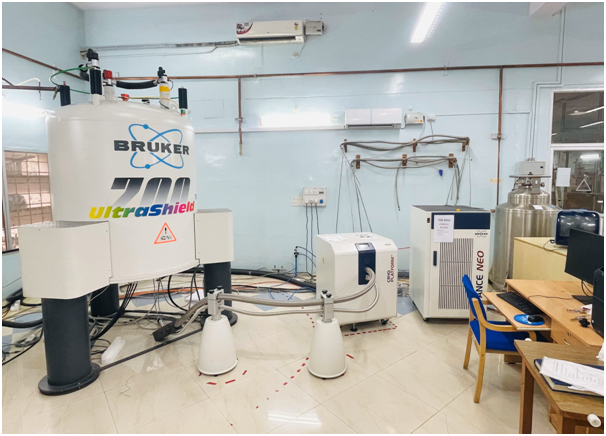Many college students aspire to pursue research but often feel uncertain about where to start. Questions like, “What topic should I choose?”, “What resources do I need?”, “Who can guide me?”, and “Should I work alone or with a team?” can be overwhelming and discourage us from diving into research. In this blog, we’ll break down the step-by-step process of starting your research journey from scratch, providing clear guidance to help you navigate these uncertainties.
1. Finding Your Research Area
The first step in starting your research is to identify a field of research that excites you. There are a few ways to approach this:
Explore your interests: Think about the subjects you’ve studied in college. Is there a particular subject that you’re passionate about? Or perhaps you’ve been following technological advancements like data science, machine learning, or robotics—see if any of these fields spark your interest.
Look for trending topics: If you’re unsure, you can always explore online to find out what the current hot research areas are in your field. Based on this exploration, choose a topic that resonates with you.
Given below is an example of the trending research areas for data science. You can look for research papers in each sub topic and try to identify the research gap.

Now with the advent of AI tools, this process is even faster! With the help of these AI tools, you will get plenty of research ideas and topic ideas within minutes, that otherwise would have taken you months.
Some examples of such tools are: Consensus, Jenni.ai and Paperpal. To know more about how these tools help you in this process of finding your research area, check out the video below:
2. Working Alone vs. Working in a Team
Once you’ve identified your area of interest, in the next step in starting your research is to decide whether you want to work solo or in a team. Both options have their advantages and drawbacks:
Alone: When you work solo, you handle every aspect of the research, which can significantly enhance your learning experience. But it can take more time, and working alone can sometimes feel overwhelming since there’s no one to share the load.
In a team: Responsibilities are shared, which reduces the workload and allows you to complete the project more quickly. However, group work can sometimes lead to conflicts, and you might not always get to focus on what you’re most passionate about.
If you find a team that is equally motivated, great! If not, don’t worry—many successful research projects have been completed by individuals.

3. Assessing Available Resources
Once you’ve selected your research area, the next step is to evaluate the resources available to you:
Good research facilities: If your college has strong research facilities, you’re in luck. Professors are usually involved in various research projects, so approach them to see if they can offer you a project. For beginners, this is the ideal route, as professors can provide invaluable guidance and direction.
For example, if you are a student of IISc, you can do projects which require NMR as it is available on campus.

Limited research facilities: If your college lacks advanced research equipment or motivated professors, you’ll need to adjust your topic accordingly. Speak with faculty members who manage the research facilities—they can help you understand the types of projects that can be done with the available resources.
No research facilities: If your college doesn’t have any research equipment, don’t be discouraged. You can still pursue computer-based research, where you simulate experiments using software. Many researchers conduct this type of work, and it can have the same impact as experimental research in terms of publishing in reputable journals.
Shown below is a simulation on Autodesk, such kind of projects can be done when there are no research facilities.
4. Publishing a Review Paper
Most of us aim to conduct research with the goal of publishing a paper. But if research feels overwhelming, you can still publish without doing original research by writing a review paper:
A review paper is a summary of other researchers’ work. Instead of conducting your own experiments, you consolidate and analyse the findings of other studies, offering your interpretation and insights. It’s a fantastic way to get familiar with the research process.
To know more about how to write a review paper, using an AI tool check out the video below:
5. Seeking Guidance
Finally, remember that guidance is essential, especially for first-time researchers. Seek mentorship from: professors, industry professionals and Masters, PhD, or postdoc students. They can help correct your course if you’re unsure or confused and ensure you stay on the right track.

That’s all we wanted to share with you today in this blog! If you wish you learn about the entire research process in detail, then do enrol for our course – A-Z of Research Paper Writing and Presentation
For any queries or questions, comment below and we will try to get back to you as soon as possible!




